Pan Am Series – Part XL: Round-the-World Flight
29 June 2014 10 Comments
Pan American’s Round-the-World Services

John T. McCoy’s painting of Clipper America arriving at San Francisco, completing the first commercial airline round-the-world flight, 29 June 1947.
Setting the Stage
With the Fifth Freedom rights granted by Britain in the Bermuda Agreement of 1946, the United States obtained the authority for its international air carriers to pick up passengers in Britain (and in British colonies such as India and Hong Kong) to beyond points in Europe and Asia. What this meant was that Pan American would be able to launch a “round-the-world” service.
At the time, with World War II ended, the U.S. international air transportation system was taking on a whole new complexion. Prior to the war, Pan American Airways was the de facto U.S. flag international air carrier. This was achieved largely by Juan Trippe’s ability to (1) win Foreign Air Mail contracts and (2) negotiate landing concessions with countries of interest. This worked very well in Latin America because for all intents and purposes, Pan American’s activities in the region were in line with the U.S. desire to keep the Germans from establishing any presence there.
With the end of the war, however, as a result of their support to the war effort, the Civil Aeronautics Board awarded the likes of TWA, Northwest, United and American Export (AOA, later acquired by Pan American) international routes, much to the chagrin of Pan American. Juan Trippe had fought tooth-and-nail to be the designated U.S. flag international carrier (the “Chosen Instrument”), but was thwarted along the way by politicians and his competition. This story and its political intrigue is covered in detail in The Chosen Instrument, by Marylin Bender and Selig Alschul and An American Saga – Juan Trippe and His Pan Am Empire, by Robert Daley.
Nevertheless, Pan American had the beyond authority as granted in the Bermuda Agreement and on 17 June 1947, Juan Trippe departed on the inauguration of Pan American Airways’ round-the-world service, the first for a scheduled commercial airline.
The aircraft used was a Lockheed Constellation model 749, Clipper America, powered by four 2.200-horsepower Wright engines, with a cruising speed of 260 miles per hour and a pressurization system that permitted flying at altitudes between 18,000-20,000 feet.
Clipper America departed from New York’s LaGuardia airport and stopped in Gander, Shannon, London, Istanbul, Dhahran, Karachi, Calcutta, Bangkok, Manila, Shanghai, Tokyo, Guam, Wake Island, Midway, Honolulu, San Francisco and Chicago, arriving back in New York on 30 June. The journey entailed 22,170 miles. Not having domestic authority, the flight between San Francisco and New York was a “ferry-flight” and thereafter all of Pan American’s round-the-world flights departed from one coast of the U.S. and terminated on the other.
The round-the-world service was a fixture in Pan American’s timetables from then on, until the final round-the-world flight in October, 1982. During this time, the iconic round-the-world flights 1 and 2 represented the summit of Pan American’s power and glory.
Pan American’s Round-the-World Schedules
Below are descriptions of Pan American’s round-the-world service from selected timetables over the years. While a variety of flight numbers operated on the route, flights 1 and 2 were a constant and are focused on here.
Initially the Constellation and the DC-4 were employed in the round-the-world service, as shown in the June 1948 timetable. On the eastbound flight 2, the Constellation operated from New York to Calcutta and handed over to the DC-4 to continue the route to San Francisco. In the timetable, flight 2 departed New York on Saturday and arrived in Calcutta the following Tuesday, with stops in Gander, London, Brussels, Istanbul, Damascus, Karachi and Delhi. Flight 2 continued its journey to San Francisco, departing Wednesday evening and arriving in San Francisco on Thursday with stops Bangkok, Shanghai, Tokyo, Wake Island and Honolulu. The flight gained a day crossing the International Date Line between Wake Island and Honolulu. The DC-4 from Calcutta featured “Sleeperette Service”, specially reclining seats with “curtained privacy”.
Constellation (left, source unknown) and DC-4 (right, PAA postcard).
By 1952, the Boeing 377 Stratocruiser (“Strato Clipper”) was deployed into the service as illustrated in the April 1952 timetable. The westbound flight 1, a Strato Clipper, departed San Francisco on Tuesdays and Thursdays, arriving at Manila on Thursdays and Sundays with stops in Honolulu, Wake Island and Guam. The flight lost Wednesday when crossing the International Date Line. From Honolulu, “Sleeperette Service” was offered. Flight 1 changed gauge at Manila to a DC-4, leaving on Fridays and Mondays for Hong Kong, where a Constellation took over on Mondays for London via Bangkok, Calcutta, Delhi, Karachi, Basra, Beirut, Istanbul, Frankfurt and Brussels. The flight arrived in London on Wednesday morning where flight 1 was paired with flight 101 for New York with a Strato Clipper. There were optional fuel stops in Shannon or Gander on this segment.
“Strato Clipper” (right, PAA photograph).
By 1954, the Constellation was no longer operating this route and the DC-6B had been introduced, offering “Rainbow” tourist service in addition to the “President” first class service. On the eastbound route, flight 2 was paired with flight 70, a DC-6B offering “Rainbow” service and flight 100, a Strato Clipper offering “President” service, on the New York-London segment. Although the service was offered five days a week, flight two only operated on Mondays. From London, a DC-6B took over and offered both “Rainbow” and “President” service, departing on Tuesday and arriving in Hong Kong on Thursday, with stops in Düsseldorf, Istanbul, Beirut, Karachi, Rangoon and Bangkok. From Hong Kong, flight 2 continued to Tokyo where it laid over until Saturday morning when a Strato Clipper continued the flight to Los Angeles via Wake Island and Honolulu. In addition, from Hong Kong on Thursdays, a DC-4, flight 6, operated to Manila, where a Strato Clipper continued to San Francisco via Guam, Wake Island and Honolulu.
DC-6B (right, PAA photograph).
By 1956, the Super Stratocruiser and the DC-7B were operating in the round-the-world service. In the April 1956 timetable, eastbound flight 2 from New York was paired with flights 100, 102 and 64. Flights 100 and 102 were Super Stratocruisers departing on Sundays for London with the latter stopping in Boston and Shannon. Both flights arrived in London on Monday and connected to flight 2, a DC-6B, which departed on Tuesday for Tokyo via Frankfurt, Istanbul, Beirut (receiving traffic from flight 64), Karachi, Rangoon, Bangkok and Hong Kong. At Tokyo, a Strato Clipper took over for the remainder of the trip to Seattle with stops in Wake Island, Honolulu and Portland. Flight 64 was a DC-7B that operated from New York to Beirut where it connected with flight 2. The intermediate stops were Shannon, Paris and Rome. In this timetable, Pan American offered a daily round-the-world service with different flight numbers. With the exception of the service described above, the eastbound flights all terminated in San Francisco.
Super Stratocruiser (left, credit R.A. Scholefield Collection) and DC-7B (right, PAA photograph).
By 1959, the DC-7C and the Boeing 707-121 were seen in the round-the-world service. In the April 1959 timetable, westbound flight 1 operated on Saturdays with a DC-7C from San Francisco to Tokyo with stops in Honolulu and Wake Island. Flight 805, also a DC-7C, operated on Saturdays from Los Angeles to Honolulu, where it connected to flight 1. “Sleeperette Service” was available on both segments. Flight 1 arrived in Tokyo on Monday where a Strato Clipper took over for the segment to Hong Kong where the flight was handed over to a DC-6B. This aircraft continued to London with stops in Bangkok, Calcutta, Karachi, Beirut, Istanbul, Frankfurt and Düsseldorf. From London a DC-7C took over for the trip to New York, with stops in Shannon and Boston. In Beirut, flight 1 also connected to flight 115, a service to New York via Rome and Paris. From Beirut a DC-6B operated to Rome. From Rome, a Boeing 707-121 operated to Paris and then on to New York.
DC-7C (left, photo by Allan Van Wickler) and Boeing 707-121 (right, photo by Jon Proctor) at New York.
By 1966, the Boeing 707 and DC-8 were operating a daily all-jet round-the-world service. On Sundays, flight 2 departed New York in the evening and arrived in San Francisco on Tuesday via London, Frankfurt, Vienna, Istanbul, Beirut, Baghdad, Karachi, Calcutta, Bangkok, Hong Kong, Tokyo and Honolulu. Other stops on the route, depending on the day operated, included Belgrade, Ankara, Tehran, New Delhi, Rangoon and Saigon. By 1971, the Boeing 747 operated flights 1 and 2, between New York and Los Angeles with stops in Honolulu, Tokyo, Hong Kong, Bangkok and, depending on the day, New Delhi, Karachi, Tehran or Beirut, and then Istanbul, Frankfurt and London. After the merger with National Airlines, flights 1 and 2 continued in round-the world service between New York and Los Angeles with 747s, with stops in Tokyo and Hong Kong, and, depending on the day, Bangkok, Delhi, Bombay, Karachi or Bahrain, and then Frankfurt and London. The service also added Las Vegas to the route with a change of gauge to a 727 for the flight from/to Los Angeles.
Boeing 707-321 at New York (top left), DC-8-32 at Los Angeles (top right), Boeing 747-121 at Los Angeles (bottom). Photographs by Jon Proctor.
By the end of 1982, Pan American’s iconic round-the-world service was history. Although flights 1 and 2 continued to operate, the service was between New York and London and onward to points on the European continent. With the sale of Pan American’s London Heathrow route to United Airlines, flights 1 and 2 were removed from the timetable.
The last round-the-world flight departed Los Angeles on 27 October 1982. Merle Richmond, who worked in public relations for Pan American, and his two children were passengers on that flight. His memories of that flight, featured in the book Pan American World Airways – Aviation History Through the Words of its People are excerpted below:
“They say when French writer Jules Verne wrote Around the World in 80 Days in 1873 it was during a financially difficult time for the classic adventure novelist. Compared to Pan Am’s travails, it was no sweat. He couldn’t have been as financially bad off as Pan Am was over a hundred years later when the airline decided to end its historic Round-the-World Flights One and Two. But whether it was Verne’s novel, which I had read many years earlier, or perhaps Nellie Bly’s 1889 epic 72-day tale which she wrote for her newspaper, the New York World, I was awed by their feat and saw the last Pan Am RTW flights as my final opportunity.
“So it was on a fall evening in 1982 during dinner with my family that I announced that I was going to fly around the world that coming weekend, leaving October 27, 1982, and listened as my 14-year- old daughter Diana quickly asked if she could join me, followed later by my 12-year old son Dwight. Not sure that they understood the magnitude of the undertaking, I explained that the curtailing of Pan Am’s Flights 1 and 2, which had been operating since June 17, 1947, represented surrendering what many considered the most symbolic aspect of the airline. No other airline in the world had previously ever even attempted to make round-the-world service commercially viable. And we would be on the last flight!
“Not only we would be on the final flight, departing Los Angeles that Friday at noon, I told Diana and Dwight that if anybody in recent history had boarded Flight 1 and remained with the plane for the entire duration of the flight until it landed at JFK in New York on Sunday afternoon, I and others I queried, were unaware of such a back-breaking marathon.
“With the advent of jet service in 1958 with the Boeing 707, Pan Am switched departure city of Flight 1 from San Francisco to Los Angeles. Thus the route of the flight would be Los Angeles-Tokyo-Hong Kong-Bangkok- Bombay-Dubai-Istanbul-Frankfurt-London-New York on a Boeing 747.
“And so on Friday, October 28, 1982, with Capt. Carl Wallace in the left hand seat, we joined the world of Verne and Bly. * * * For Diana and Dwight, the RTW trip was an unparalleled emotional and educational experience.
“Some two full days after takeoff in Los Angeles we landed in New York on a brilliant sunny fall day. We had made it in one piece after 56-hours of flying. We had eaten the best airline food in the world (more breakfasts than dinners when you fly west to east). . . [a]nd yes, Diana and Dwight even did some of the homework they brought with them.
“Altogether, 18,647 miles in 39 hours and 30 min. of actual flying time. And who knows how many steaks!!!! Worth every bite!”
For additional information about Pan American World Airways:
To learn more about the history of this pioneering airline, click on the title below for preview of
Pan American World Airways – Images of a Great Airline Second Edition.
This book is available on eBay .
Another excellent book is Pan Am – Personal Tributes to a Global Aviation Pioneer, which was published to commemorate the 90th Anniversary of Pan Am’s founding. It contains more than 80 stories written by former Pan Am employees and international media friends who had personal experience with many of Pan Am’s key events during its history. It is the perfect companion to Pan American World Airways – Images of a Great Airline Second Edition and can be purchased on Amazon.
Preview Pan American World Airways – Aviation History Through the Words of its People, which is available on Amazon.
For further information about the history of Pan American World Airways, visit: Pan Am Historical Foundation

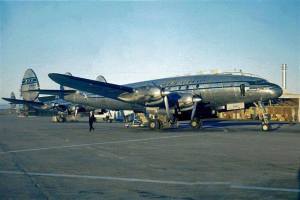
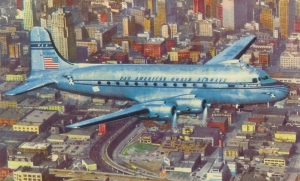
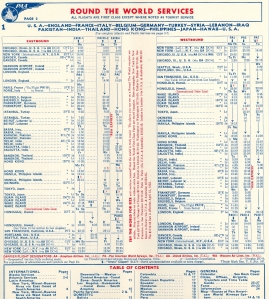
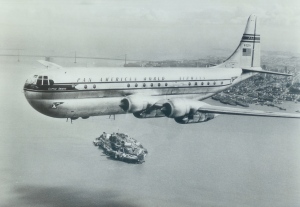
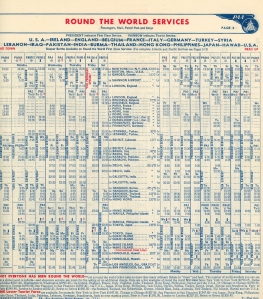
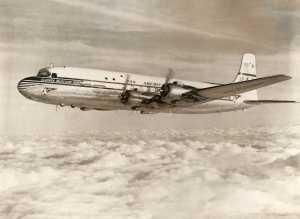
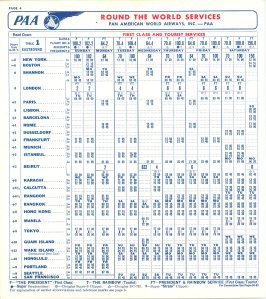
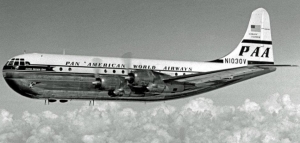
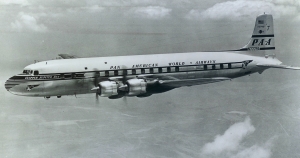
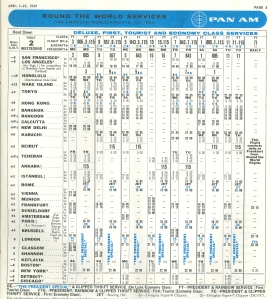
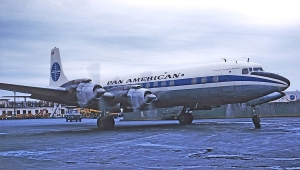
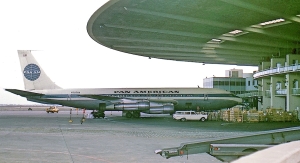
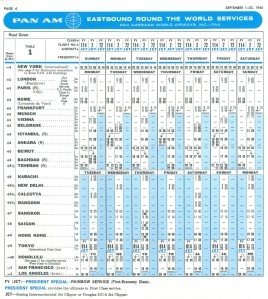
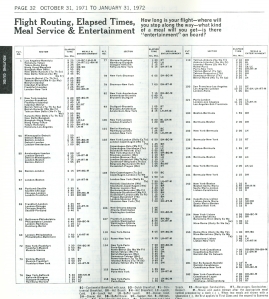
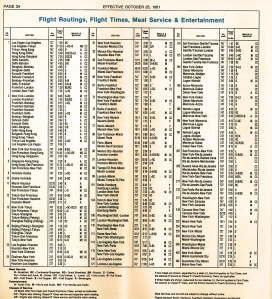
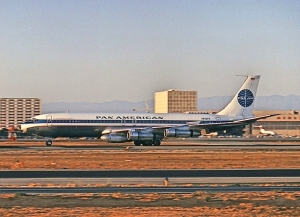
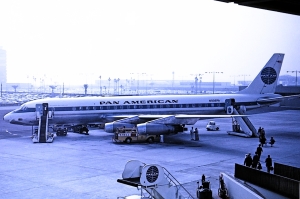
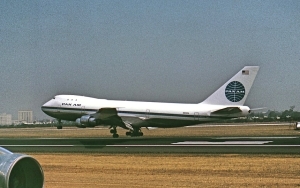
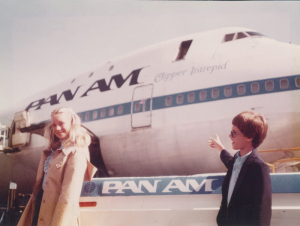
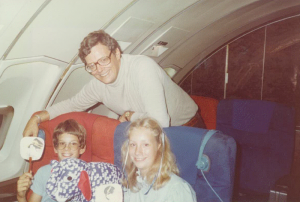

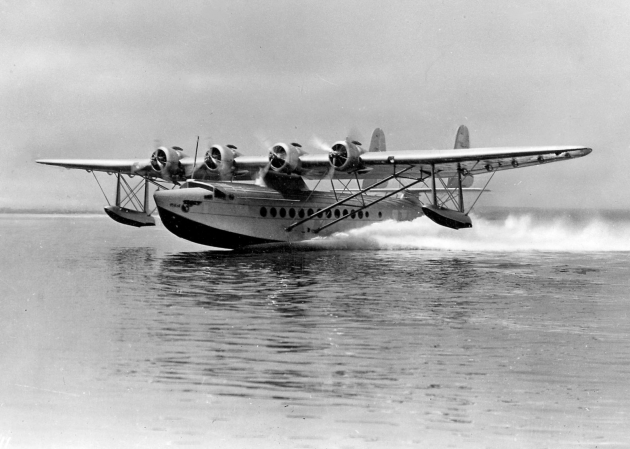

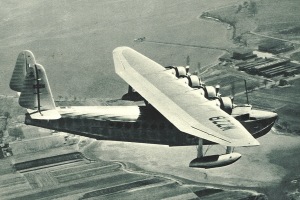

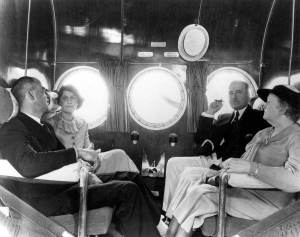

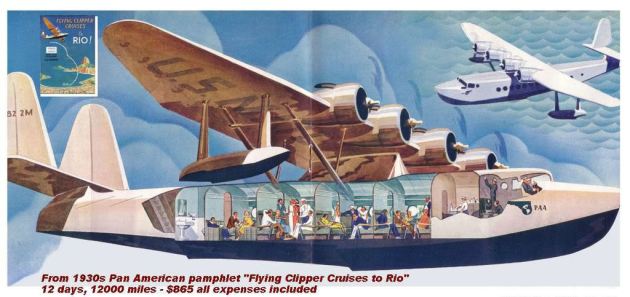
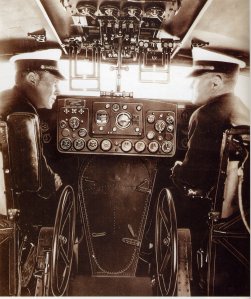
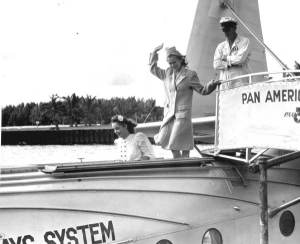
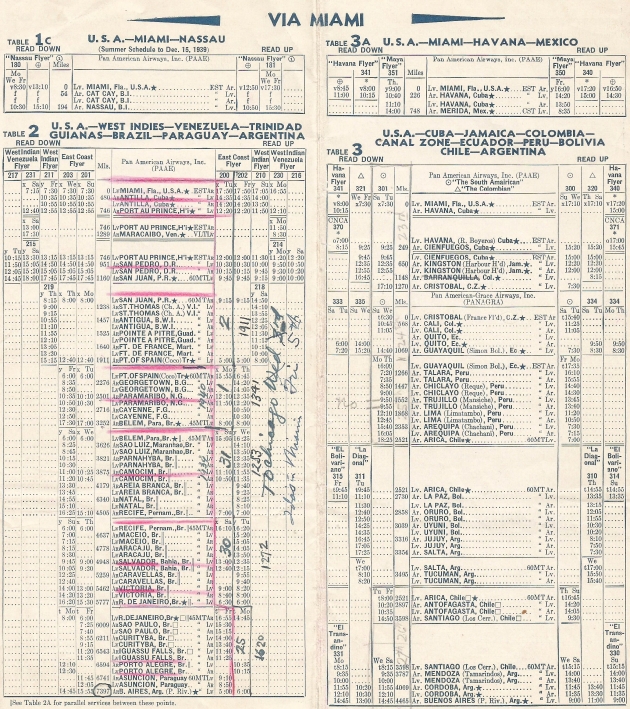

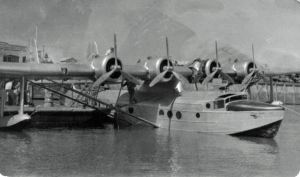
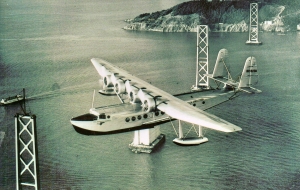


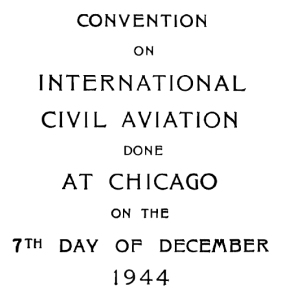
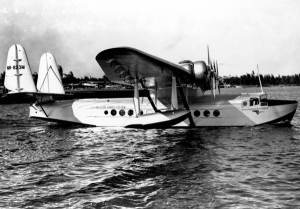
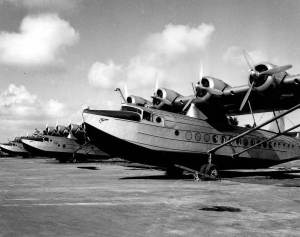
Recent Comments